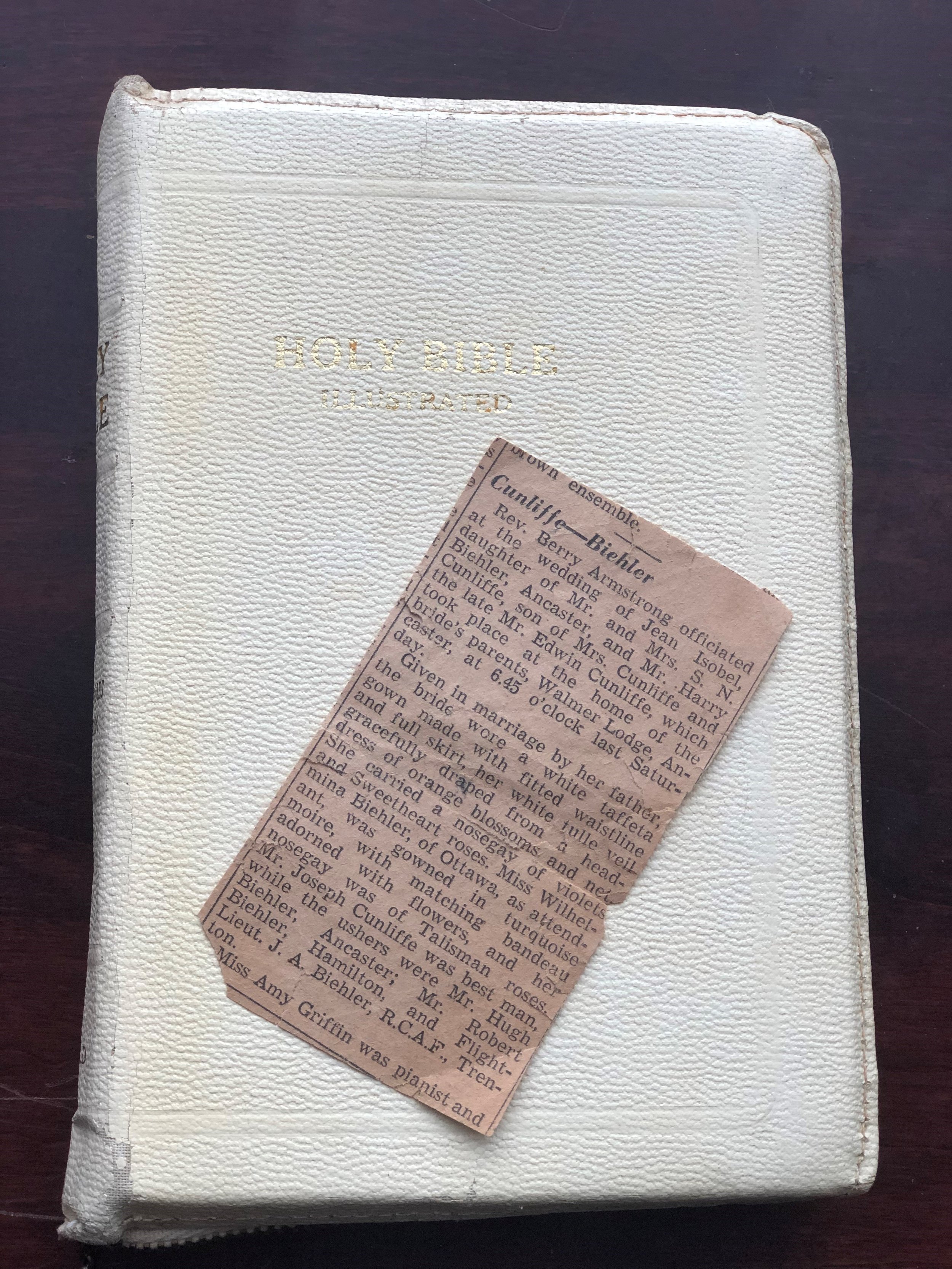Church in Pyiterfolvo, Ukraine. Photo: Tom Childs
When the war in Ukraine started last February many memories of my travelling there on mission work came rushing back. During my travels in Eastern Europe I met many amazing and courageous people; one of those remarkable persons was Bishop Lajos Gulcasy. When he was a young minister in the 1950’s he taught catechism to confirmation classes, secretly in his house. This was against the communist religious policy in Ukraine and someone turned him in (possibly someone from his congregation). He was arrested, brutally tortured and put on trial for treason, yet he refused to deny his faith. The Bishop was sentenced to ten years in prison in a Soviet Gulag. He later explained his imprisonment taught him many things. When he was young he often cursed God for making him so short, as he believed this made him unpopular with the girls. But while he was in prison being shorter meant his clothes fit, he had enough food to eat, and he could hide in the midst of taller men in the freezing cold. Because of being shorter he was able to serve his sentence in seven years and he became a shining example to everyone who met him.
School in Pyiterfolvo, Ukraine. Photo: Tom Childs.
In 2006 when my home congregation from St. Andrews Presbyterian Church, Scarborough decided to take part in a mission trip to Eastern Europe we helped to fundraise and build a high school in Pyiterfolvo, in western Ukraine. We were told by many parents there that education was the way to a better future for their children, community and country. However we never could have predicted that today that school would be used to house and feed fleeing refugees from eastern Ukraine. We are each called to help each other (Matthew 22:37-39). This requirement was made even more acute during Covid when all of us needed to love and help each other.
We live in challenging and dark times with humanity always seeming to repeat the mistakes from the past. The war in Ukraine is a recent example of this. The suffering, brutality, and destruction of this war, caused by Russia, are heartbreaking.
Velyka Dobron', Ukraine. Photo: Tom Childs.
We as individuals and as part of communities and countries, need to do much better. We are very blessed to live in Canada and we should never take our rights and privileges for granted. Many of the young people I met in Ukraine are now fighting in the war: some of them have already made the ultimate sacrifice for their country in a war they did not initiate. When you see hate or indifference in the world and your own community stand up, silence is complicity. Think of the courage of someone like Bishop Lajos Gulcasy. There is a lot of goodness in the world and we must always have hope that we can stand, or work, together to protect others.
‘He has shown you, O mortal, what is good. And what does the Lord require of you? To act justly and to love mercy and to walk humbly with your God’.
Micah 6:8
-Thomas Childs, Guest Writer
TOM IS A HUSBAND, FATHER AND GRANDFATHER, WAS BORN AND RAISED IN TORONTO AND NOW LIVES IN PETERBOROUGH. HE IS ALSO AN ORDAINED ELDER AND LAY MISSIONARY IN THE PRESBYTERIAN CHURCH IN CANADA.
Title Image of Ukrainian Flag: Unsplash/Max Kukurudziak















